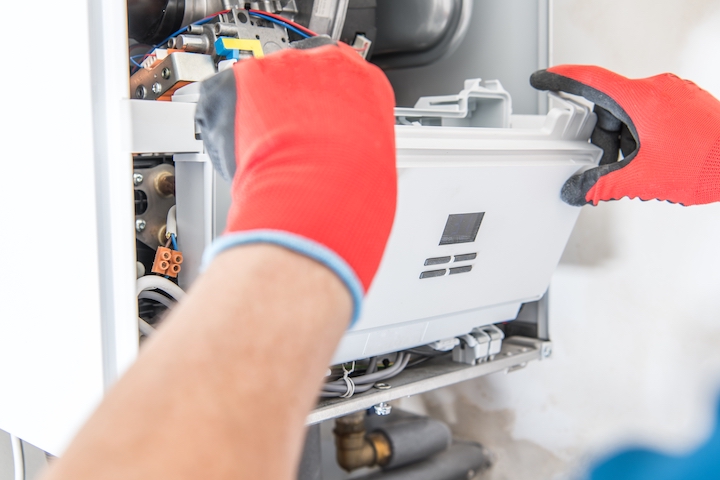Average Lifespan of a Furnace
The lifespan of your furnace is approximate, but it will differ in many instances. Furnace lifespan depends on the brand of the furnace, location in which they are being used, how often they are used, and more. Furnace lifespan ranges from 10 to 25 years.
What Makes a Furnace Work
When you turn on the thermostat and the furnace turns on, it is because of a series of components that work together. These include:
- Furnace blower
- Furnace ignitor
- Furnace flame sensor
- Furnace limit switch
- Furnace pressure switch Furnaces may also have
Which Factors Influence Durability of the Furnace
The first thing to consider is what you are using your furnace for. Furnace lifespan will increase with outdoor temperatures, as it can be difficult on the machine.
Furnaces may last longer in areas of Canada that have fluctuating temperatures throughout the year, but they might only last 4 or 5 years if used somewhere with warmer weather all year round.
Furnace lifespan also depends on location. Furnaces used in basements will last less than furnaces that are placed outside.
Furnace lifespan is affected by the installation technique as well; if an improper technique was used to install it, this could reduce the life expectancy of your furnace.
Signs Your Furnace Needs a Replacement
There are a number of signs that can indicate that you need to replace your furnace. Furnaces are not built to last forever, so if the one you have is more than 10 years old, it's probably time for furnace replacement.
Furnace parts wear down over time and eventually stop working when the warranty expires. Furnace parts also wear down due to lack of maintenance or use. Furnaces may also start leaking oil, which is an indication that the unit needs to be replaced.
Furnaces may also emit strange smells such as gas or burning rubber when they need to be replaced. Another possible sign that your furnace needs replacing is when it starts to break down and run irregularly or in spurts."
How to Extend Furnace Lifespan
To extend your furnace lifespan, you should perform regular maintenance on it, like changing the air filter and making sure that any hoses are properly attached. Furnaces can also be damaged if they're exposed to extreme cold or hot temperatures.
Furnaces need to maintain a minimum distance from walls, especially if it's an older furnace with radiators. If you notice strange, uneven airflow coming from your vents, this could also mean that your furnace needs replacing.
If you are concerned about your furnace and need advice about your furnace, contact us today to schedule an appointment with A-Plus Quality in Toronto.



